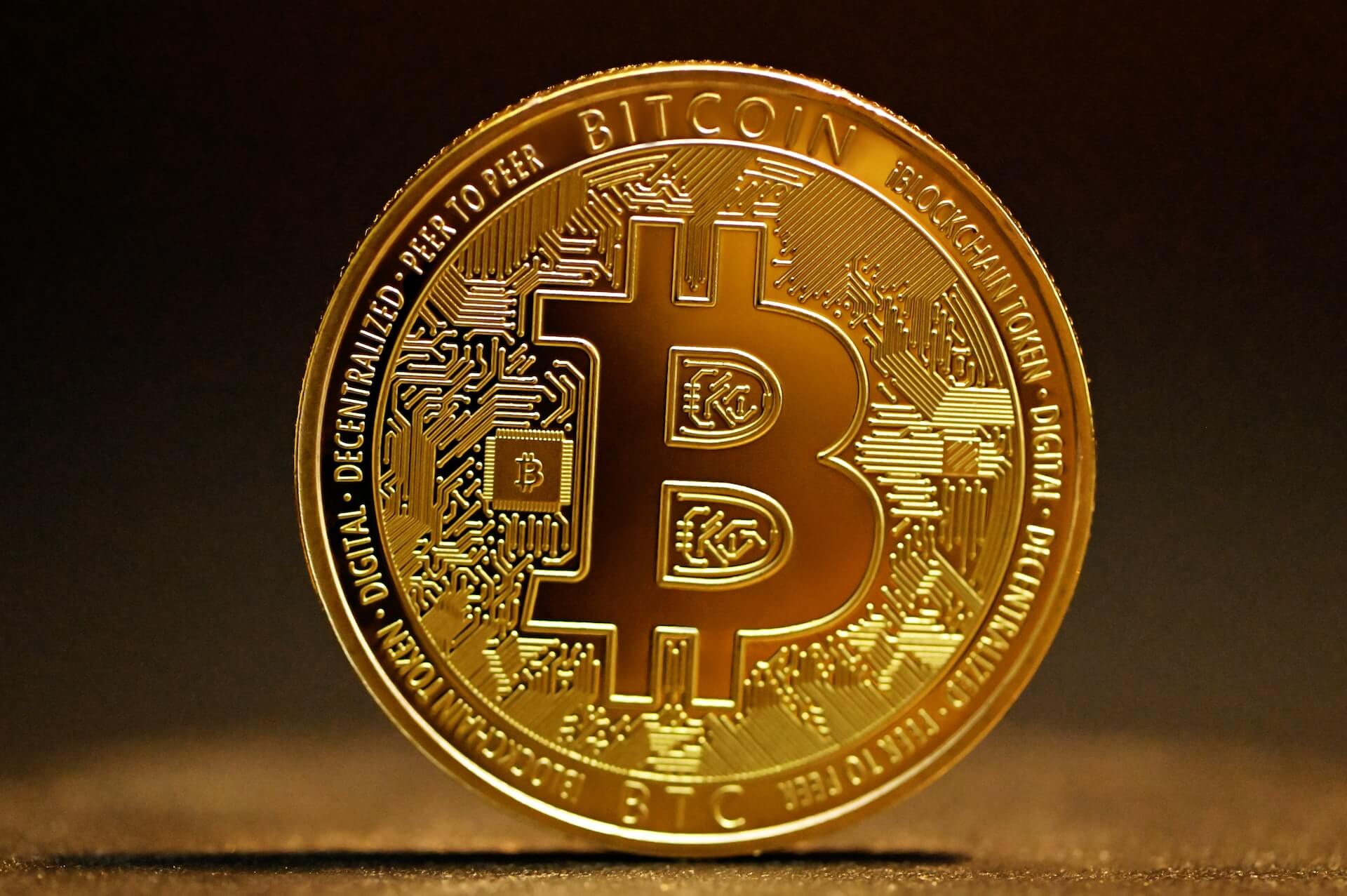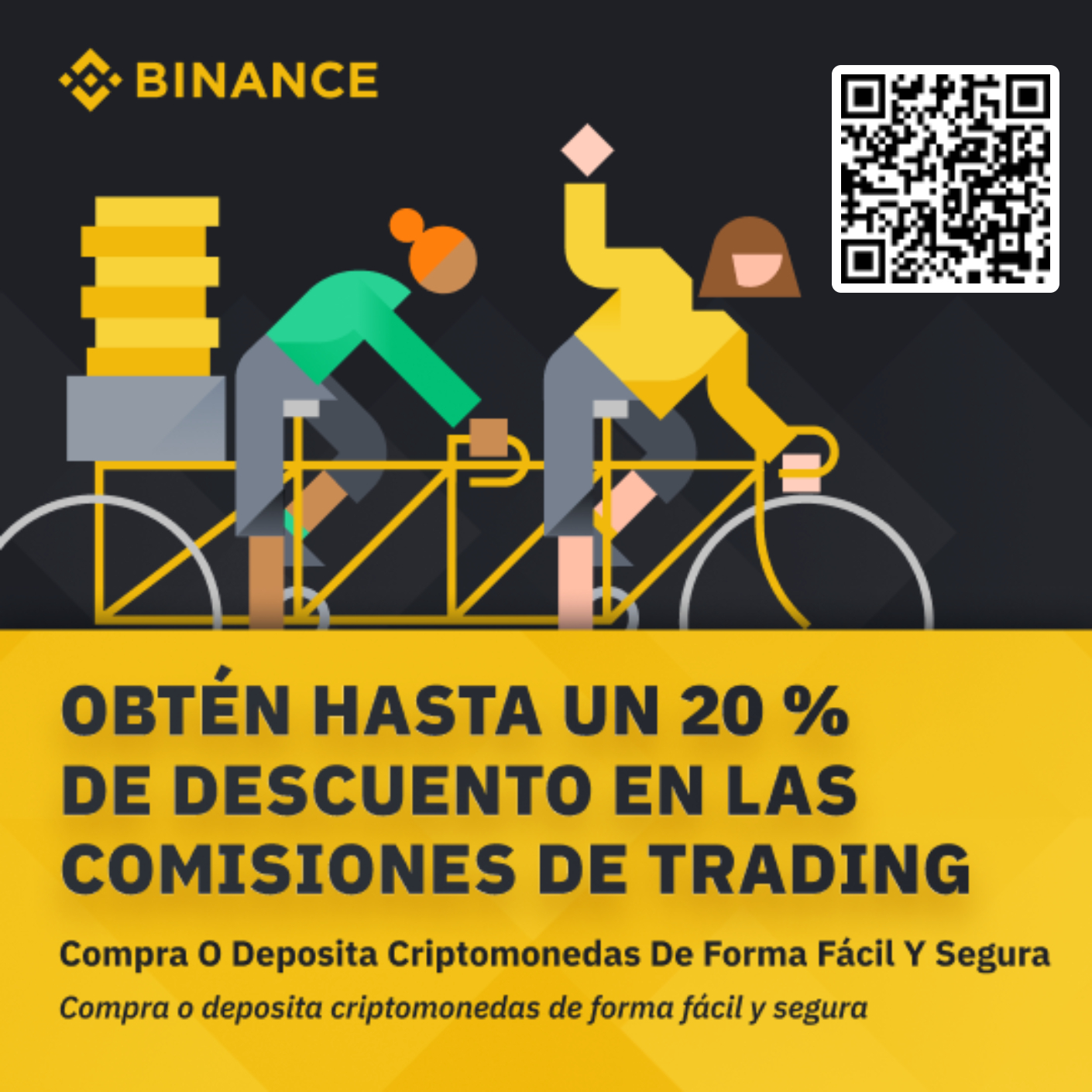What are tokenomics?
Since 2020, the total capitalization of the global cryptocurrency market has increased more than tenfold, from $200 billion to $2.5 trillion. The market has grown primarily due to the expansion of the decentralized financial sector. And new DeFi solutions are appearing every day, which can make it difficult for first-time investors to know which coin is best to put their money into – which cryptocurrency has real value? Tokenomics (tokenomics) can provide the answer to this question.
In the cryptocurrency world, tokenomics is the discipline that studies the economic components of synthetic virtual assets (tokens). It deals with monetary policy, incentives, and issues related to the creation, management, and disposal of tokens. The main goal of economics is to understand the value of virtual assets.
However, tokenomics, like classical economics, has two sides:
- Macro tokenomics. It deals with the general relationships of a token to the cryptocurrency economy as a whole, including other market participants (other crypto projects, liquidity pools, cryptocurrency exchanges, regulators, traditional finance, business partners, etc.).
- Microtokenomics. Focuses on tokenomics within a single project, such as Bitcoin or Ethereum, examines the unique characteristics of a cryptocurrency network and the factors that influence the value of its tokens.
When looking at the tokenomics of a particular cryptocurrency token, the focus is on the factors that most influence its value. These are usually things like token allocation and placement, cash flow, market capitalization, and token model.
One of the most important factors that determine the value of a cryptocurrency token is how the token is created.
There are two ways to create crypto tokens:
- Honest start. By this term, we mean that the cryptocurrency is mined, earned, owned and managed by the community from the start of the project. There is no early access to tokens or distribution of tokens before they are publicly available. That is, the network is started from scratch when no token has been created yet (except the first one) and yet anyone can join the project and start mining coins immediately. A prime example of such a fair start is the Bitcoin network.
- Pre-mining. In this case, some tokens are created and distributed before the public launch of the project. Usually, crypto tokens are distributed to some exclusive addresses (developers, key team members and early investors). This approach is usually used in Initial Coin Offerings (ICOs).
Most cryptocurrency projects today are launched through pre-mining, and you shouldn’t shy away from them because you think they are risky or dishonest. Just be aware that there is a high chance that pre-mined tokens will be sold after the project launch, which will likely lead to an immediate drop in the cryptocurrency’s value on the market.
Another important factor in tokenomics is the number of tokens:
- Total number of tokens. This is all the minted tokens that currently exist, minus the tokens that have been burned (if the cryptocurrency network provides such a mechanism).
- Tokens in circulation. These are all tokens that are publicly issued and in circulation. Usually, their number is lower than the total number of minted tokens, as some of them have been lost (sent to non-existent addresses or their owners have lost their keys) or are in cold storage in the wallets of developers and investors.
- Maximum token issuance. This is the maximum number of tokens ever generated within the network. For example, in the Bitcoin network, the maximum issuance is 21 million BTC coins.
These parameters are important because they help to predict the supply and demand of tokens on the market and derive a possible prediction of the asset’s price evolution. For example, if users need a lot of tokens but there is a limited supply, it is reasonable to assume that their value will increase. An excess of supply over demand usually leads to a decrease in the price of the asset.


















